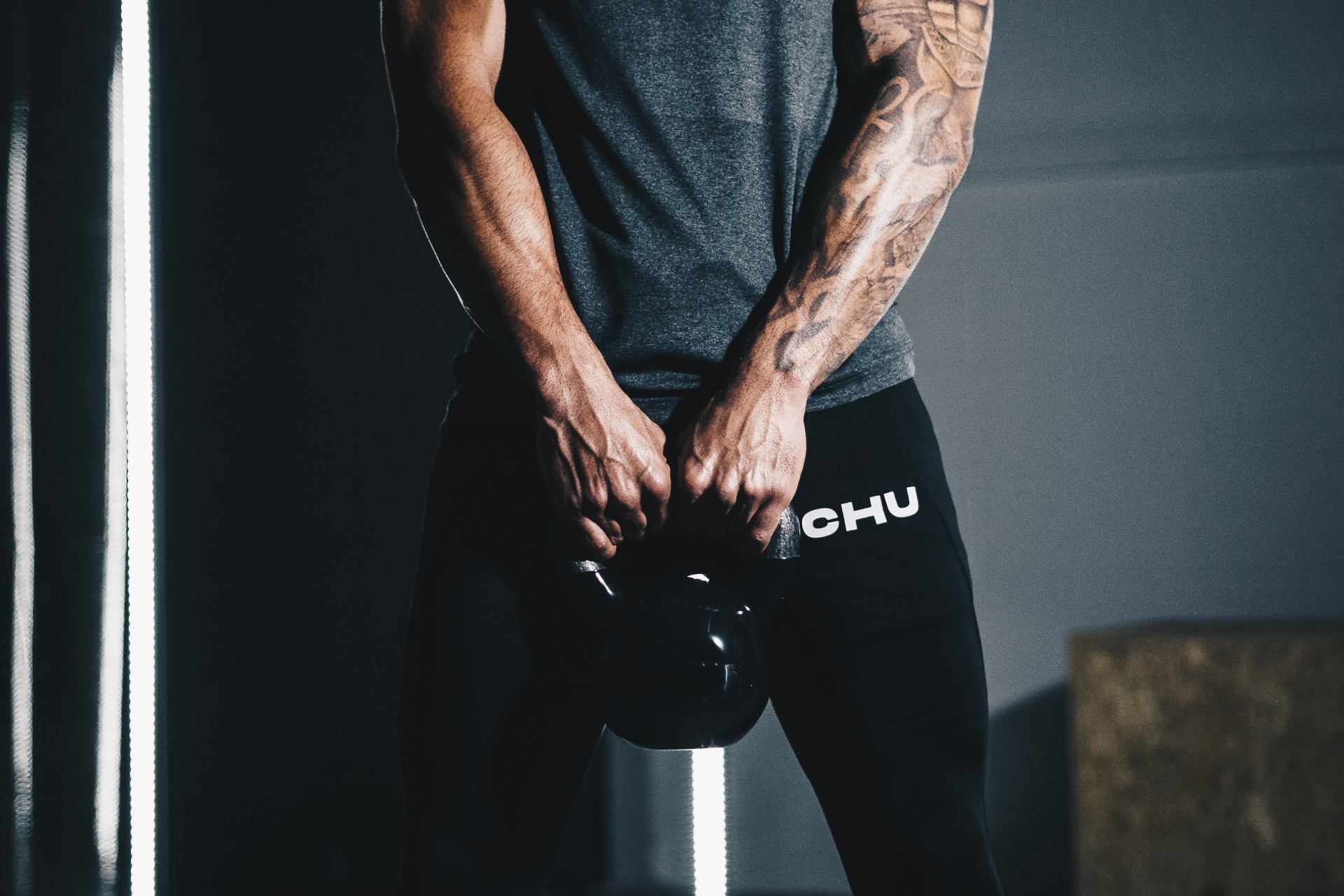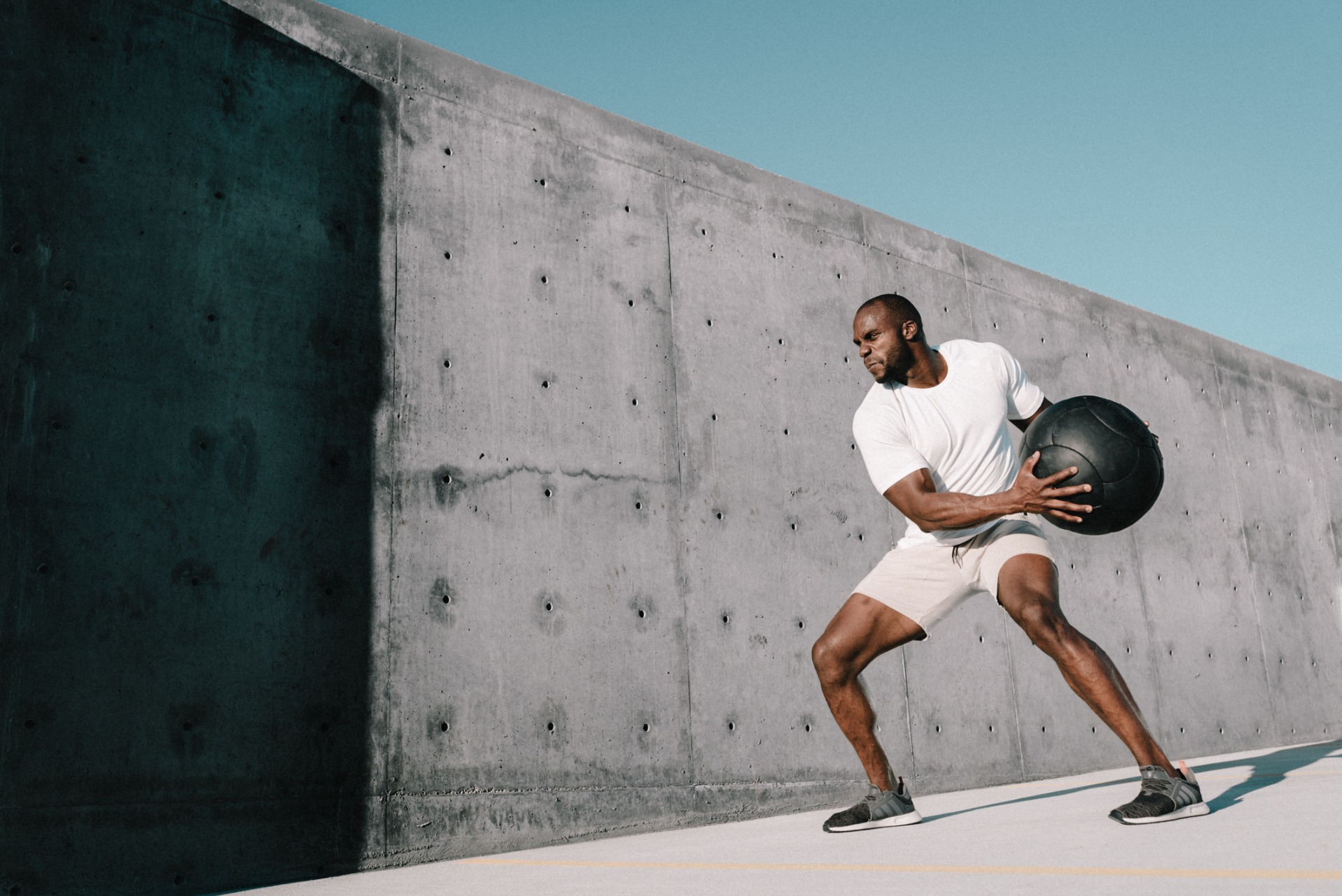Muscle memory explained

Fitness is the outcome of many different factors that work together to achieve it. Nothing quite shows the complexity more clearly than "muscle memory."
Due to the term "muscle memory" being used in two different types of contexts, it is worth looking at each one in turn to better understand what is going on and what it is we are actually describing. In the first instance, it implies that muscles have a kind of memory when it comes to fitness and can snap back into it after people have let themselves go a little or if they lost their level of fitness from a break due to injury. In the second it is used to suggest that muscles have some kind of on-board memory regarding the way they move, for example when you learn to throw a ball or duck a punch or, even, learn to ride a bicycle which allows them (muscles) to perform it gain at a much later date even if we have not been practicing the move for a while.
Until recently all we had to go by was some anecdotal information on the first instance and some poorly understood studies from the 70s regarding the second. Those who were involved in fitness felt that intuitively they were right in both cases but just had no real theory to support their personal experience. Then those who were studying human physiology and muscle growth were looking, as it turns out, at the wrong things which led them to create the wrong theory.
Knowing what we know now, lets unpack this a little by looking at each of them separately and then both together so we can see where the overlaps occur and how we can best benefit from the current state of understanding of how muscle memory works.

Muscles have memory of their fitness
The idea that muscles have some kind of memory arose from anecdotal reports. Trained athletes who had come back from long training breaks due to injuries or general breaks from training, and were therefore starting again from a detrained level, got fitter faster than those who did not have the same fitness background as they did.
Everyone who, for some reason, is forced to stop training knows how quickly the body reacts to the break. There is a very fast reduction in muscle mass and endurance drops off dramatically, very quickly. From an evolutionary point of view this makes sense. Muscle is metabolically expensive as it requires large amounts of energy to maintain. The moment the body feels it doesn't need the muscle anymore it begins the reduction process which allows it to conserve energy.
As recently as 2016 a study carried out by an exercise physiologist at the Karolinska Institute in Stockholm showed that muscle tissue does not have a "memory" of past exercise training. In this study, the researchers asked 23 very sedentary people to come into the lab and kick one leg 60 times a minute for 45 minutes. The participants repeated this exercise four times a week for three months. They then took nine months off and returned to the lab to repeat the training, but this time with both legs.
The research team took muscle biopsies before and after both exercise training periods, and analyzed which genes were active in the muscle tissue in each leg. Their findings showed that both trained and untrained muscle tissue exhibited the exact same physiological changes.
When a muscle is trained, the very first change that happens to it is an increase in the number of nuclei. Nuclei are responsible for the production of protein that is required for the growth and repair of the muscle itself. Proteins, alongside other chemical messengers produced by each nucleus in a muscle cell, are necessary for the healthy function of muscle tissue when it is exercising. The more nuclei a muscle has the better it can respond to the rigor of exercise and the stronger and more durable it is. There is also the fact that the number of nuclei present in a muscle play a role in the increase of the muscle size itself.
When the Karolinska Institute 2016 research study took place, it looked at exactly the same changes sustained by detrained muscle tissue as every other study before it had:
- Connective tissue size
- Muscle fiber type
- Gene expression during exercise
- Strength output of trained and untrained leg
Even though one leg had been through a three-month long training program, the findings showed that there were no major differences in its gene expression and output from the untrained leg. The researchers mentioned that there were some indications of some small differences but nothing conclusive enough to change their opinion that muscles do not have a muscle memory.
As it happens, by looking at performance during exercise and biopsying the muscles, the researchers were focusing on the wrong part of the mechanism governing muscle memory. Detrained and untrained muscles, in fact, exhibit differences in gene expression during exercise as they build up their muscle strength. But that doesn't mean that changes have not taken place at a much deeper, and therefore harder to spot level.
Two years after the Karolinska Institute study, research at Keele University carried out a much deeper follow-up that looked specifically for changes of detrained and untrained muscles, during exercise, at a cellular level.
The study examined eight untrained male subjects over a 22-week period. Each subject participated in a period of targeted resistance exercise, followed by a period of inactivity, and then another stretch of exercise. Muscle biopsies were taken at several points across the study and over 850K genomic sites were analyzed for epigenetic alterations. What it revealed was what every athlete and sports coach has anecdotally known for a long time now; muscles that have been trained before, find it easier to get back to a trained state than untrained muscles building up for the very first time. The reason for this seems to lie in epigenetic changes that happen at the cellular level within each individual cell. There are specific sites on each cell that are responsible for muscle growth and an increase in strength. When muscles stop training there is an initial slowing at first and then a faster decline of muscle size and strength, but the genes responsible for muscle growth do not go away.
What this means is that muscles that were once strong can quickly ramp up production in proteins necessary for muscle building. There are three things to take away from this and one small but important detail the study did not stress enough.
- Muscles do have a memory of their former fitness and strength encoded in their genes and it allows them to rebuild that strength faster when they lose it.
- Sustained exercise creates epigenetic changes at a cellular level that essentially allow us to modify our DNA - within specific parameters.
- Exercise over time builds a new version of us that remains even after we stop exercising. We are, essentially, the architects of our physical self.
The part, in my opinion, that was not stressed enough is
that although retraining muscle is easier if we have trained before, as we age,
the ability of muscle to remember its strength-building capabilities wanes. This
means that it is probably better to sustain our exercise regime than to rely on
past glories and let ourselves go thinking we can pick up where we left off at
any time.

There is more than one kind of muscle memory
This leads us to the second kind of muscle "memory" that people like to refer to. This is the ability to remember specific and complex motor patterns. Riding a bicycle is probably the easiest example because it shows the exact extent of this ability as well as its limitations.
When you get on a bike after a long time of no riding you know that you will not need to relearn the skill, but you do find yourself being a little rusty. You may be a little wobbly in some of the movements and find you must really concentrate on some others. Martial artists, boxers, dancers, and gymnasts know well that this type of muscle memory begins in the brain and extends to the body via the central nervous system and the complex neural network formed in the brain. This kind of muscle memory is not a true memory of the muscle but a memory in the brain of a certain muscle movement that is controlled via a network of neurons. What happens when we learn and then repeat a particular movement is that the connections that govern that movement strengthen over time so that signals get through fast with less hesitation.
To explain this in more detail, consider that this type of muscle memory is stored in Purkinje cells of the cerebellum. This is where the brain encodes information and records whether certain movements are right or wrong. The brain then gradually focuses more energy on the correct action and stores it in your long-term memory. Once its been stored then we need to use less of the brain to repeat it. Which is when the movement starts to feel natural.
Faster reflexes, complex motor skills, and the ability to move our body in three-dimensional space with speed, accuracy, and precision are all part of this mechanism that is consistently being developed. It is how we learn to walk in the first place, it helps us refine our running technique, and it requires patience and perseverance when it comes to learning complex dance or athletic movements.
There are two things to take away from this one and they are both important. First, everything we do, from catching a ball to reaching out with one hand while driving to turn on the AC in the car, activates sensors called proprioceptors in our muscles, tendons, and joints that feed back to our central nervous system. The body then learns to interpret all the data feeding it back to the brain in relation to how successful we have been. A set of dance moves or a complex series of martial arts steps that result in the outcome we want are sent to the brain to encode and remember. If they don't however, if we trip over our own feet while dancing or forget which way to kick or punch in a martial arts choreography the information is discarded. The brain never even gets to encode what was wrong.
This is why repetition of a movement is so important, it gets us closer to getting good at it. Each time we are successful our brain receives signals, it encodes these signals so we can remember them as "muscle memory" and each time we fail a movement, it doesn't, so that data is simply lost.
The good news in all this is that once our brain has formed specific neural networks to govern a movement and encoded all the associated memories around it, we can still carry it out even if we don't practice it for a long time. But again, there will be some rustiness in our capability as the neural connections in our brain that govern it will have become weakened with disuse.
The practical takeaway
There are several practical takeaways here that directly affect fitness, motivation, and health. Both types of muscle memory discussed are key to these.
For cellular muscle memory:
- Sustained training over a minimum three-month period is necessary for changes at a cellular level to take place. That is also the minimum length of time for those who train three times a week to begin to feel and then see changes in their performance and musculature.
- The younger we start to train, the better we develop cellular muscle memory.
- Trained muscles that have been detrained respond faster to training.
- A variety of training programs that consistently challenge the muscle, will develop faster cellular adaptations. So adding variation to our training routine while challenging the muscles will deliver faster results.
For neural muscle memory:
- Repetition of complex moves are essential for enhanced neural and motor skill development.
- Dance and combat moves deliver some of the best neural adaptations.
- The development of complex neural muscle memory helps improve cognitive functions.
- Neural muscle memory, once formed, requires reinforcement to keep strength of the connections up to date, this is why practice is important.
After reading this article, you now understand that both types of muscle memory are now better understood and how they form a picture of how the mind and the body are closely intertwined. One feeding into the other and both changing from the connection.
Sources
Bruusgaard, J.C., Liestøl, K, Ekmark, M., Kollstad, K., & Gundersen, K. (2003). Number And Spatial Distribution Of Nuclei In The Muscle Fibres Of Normal Mice Studied In Vivo. J Physiol, 551(Pt 2), 467-478.
Lindholm, M.E., Giacomello, S., Werne, S.B., Fischer, H., Huss, M., Kjellqvist, S., & Sundberg, C.J. (2016). The Impact Of Endurance Training On Human Skeletal Muscle Memory, Global Isoform Expression And Novel Transcripts. PLoS Genet, 12(9).
Rutherford, O.M. & Jones, D. A. (1985). The Role Of Learning And Coordination In Strength Training. Eur J Appl Physiol Occup Physio, 55(1), 100-5.
Seaborne, R. A., Strauss, J., Cocks, M. et al. (2018). Human Skeletal Muscle Possesses An Epigenetic Memory Of Hypertrophy. Sci Rep, 8, 1898.
Staron, R.S., Leonardi, M. J., Karapondo, D. L., Malicky, E. S., Falkel, J. E., Hagerman, F. C., & Hikida, R.S. (1991). Strength And Skeletal Muscle Adaptations In Heavy-Resistance-Trained Women After Detraining And Retraining. J Appl Physiol, 70(2), 631-40.
